
Mushroom, an important protein yielding edible fleshy fungi, is becoming a prominent delicacy particularly in balanced vegetarian diet. Apart from its importance in providing the proteinous delicacies, mushroom cultivation is now becoming an important income generating activity. Unlike in agricultural enterprises, the land requirements for the enterprise is considerably less. Hence, mushroom growing can be an important activity for small farmers as well.
Since mushroom cultivation is different from other agricultural and horticultural activities. It is important to have thorough knowledge of the different aspects of its cultivation. In this book, the authors have very interestingly dealt with the cultivation and marketing of mushrooms with special reference to Himachal Pradesh.
The exposition of the economics of mushroom cultivation and the feasibility studies will serve as a ready reference to those interested in this enterprise. The analysis of the socio-economic structure of the mushroom growers of the study area will surely motivate others in similar position.
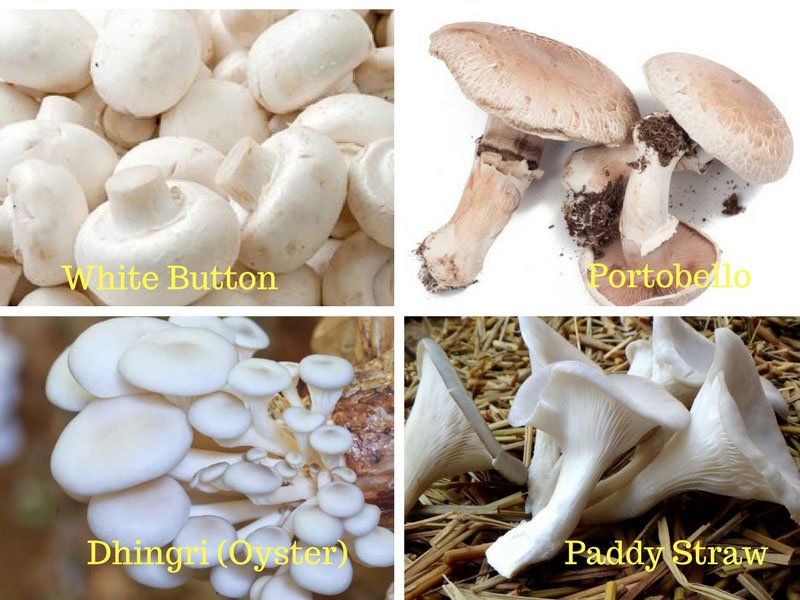
The discussion on the problems of mushroom growing will help the prospective growers to take all precautionary steps in time. The programme planners, executers, administrators and prospective mushroom growers will find this book. highly interesting and useful.
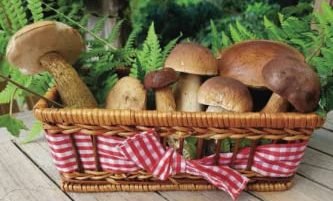
SURESH CHANDER TEWARI (b. 1939) did his Ph.D in 1965 in Agri. Economics and Post. Doc in 1990 in Natural Resource Economics and Management from Ohio State University. USA. Later he was visiting Professor in the same University. He was instrumental in starting PG Studies in Forest Economics, Horticulture Economics and establishing Department of Business Management in Dr YS Parmar University of Horticulture and Forestry, Nauni, Solan (HP) wherefrom he had retired in 1999 as Professor & Head of Department of Social Sciences.He acted as resource person for Agriculture Development
and Agri- business Management courses in Makhan Lal Chatruvedi Patarkarita University Bhopal from 2002-2004, as a consultant for establishment of Rockwood Business School, Noida. He was instrumental in establishing Shoolini Institute of Life Sciences and Business Management (SILB), Solan in 2004, where he worked in various capacities including President of SILB. He was appointed as Professor of Eminence in Business Management in Shoolini University of Biotechnology and Management Sciences in October, 2010 and worked there as Dean Academic Affairs and Audit till 2015.
He served as a consultant to FAO, USAID, World Bank aided projects, Winrock International and Waste Land Development Board Indo-German Project HP. He had served for two years (1980-1982) as Professor of Rural Development at University of Dare-Es-Salam, Morogora, Tanzania.
He had published more than 150 Research papers and organized more than 20 national workshop & seminars. He was facilitated by more than 20 National and International Societies for his work in the field of Education.

He served as a consultant to FAO, USAID, World Bank aided projects, Winrock International and Waste Land Development Board Indo-German Project HP. He had served for two years (1980-1982) as Professor of Rural Development at University of Dare-Es-Salam, Morogora, Tanzania.
He had published more than 150 Research papers and organized more than 20 national workshop & seminars. He was facilitated by more than 20 National and International Societies for his work in the field of Education.
PANKAJ KAPOOR after graduation from the G.B. Pant University of Agriculture and Technology, Nainital (U.P.) did his M.Sc. in Agricultural Economics from H.P.K.V.V., Palampur (H.P.). He obtained his M.B.A degree from Indian Institute of Management, Ahmedabad. He has published more than a dozen research papers.
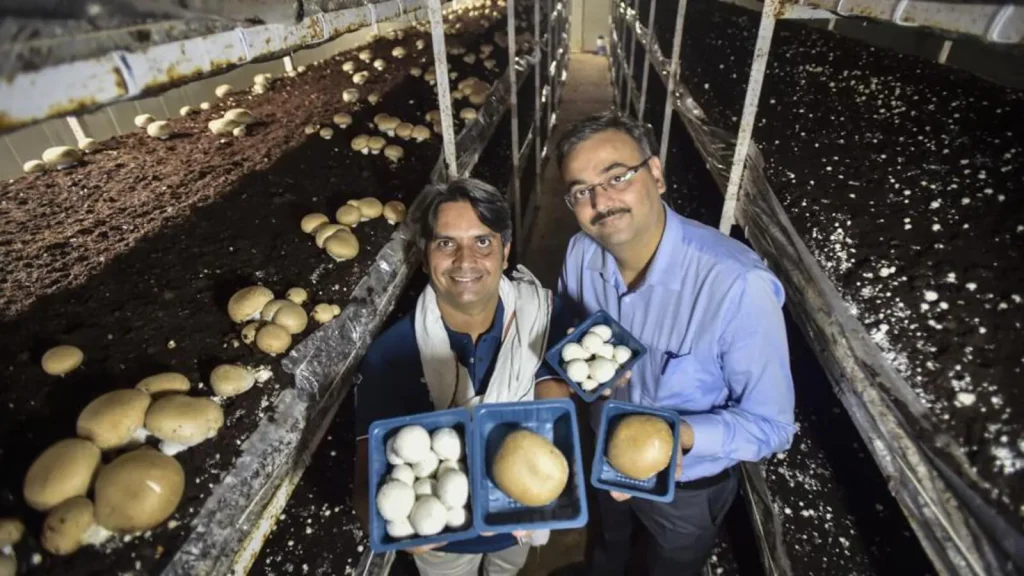
Foreword
Mushrooms are gourmet’s delight constituting the choicest of savory delicacies. They are also a valuable source of protein, vitamins and minerals. Even, prior to their cultivation, they were much sought for and collected from natural environ- ment particularly the forests. In India, mushrooms have been acknowledged since the Vedic times.
The year 1961 marked the beginning of syste- matic research in mushrooms at Dr. Y. S. Parmar University of Horticulture and Forestry, Solan, erstwhile known as College of Agriculture, Solan. The objectives were to evolve a suitable and sustain- able cultivation technology for mushrooms accept- able to rural masses for adoption. The cultivation of mushroom has picked up slowly with many a rise and falls. M/s A. B. Farms, Chail, H. P. esta- blished in 1970 deserve special mention in popu- larising the commercial cultivation of mushrooms in India. Thereafter in 1977 a UN development project at Solan helped popularise mushroom cultivation amongst rural masses at cottage levels to boost production and help contribute towards rural economic development. Besides, opening vistas for utilisation of local agricultural waste, mushroom cultivation has generated self employment for rural masses without increasing pressure on land resource Mushroom Cultivation their incomes.
yet substantially augmenting Nevertheless, the growth rates of mushroom culti- vation have not come up to the expectation and rather remained low. Several reasons may be assign- ed for this low performance e.g. sophisticated technology comparatively high capital requirements, beyond reach of the common man; exacting techni- ques compared to field crops; high perishability and marketing. These factors appear as deterrents for farmers with small equity to venture in this field and take risk.
The industry lacks comprehensive study on economic aspects, particularly production and marketing. The present study by the authors, contributes valuable information to the assistance of financing agencies, government departments and policy makers connected with the mushroom in- dustry. The study is equally useful to research scientists, extension workers, enterprising farmers and individuals.
I do believe that the authors would welcome suggestions for their future guidance.
Vice-Chancellor,
Dr. Y. S. Parmar University of Horticulture and Forestry,
Solan (INDIA).
-M. R. THAKUR
Acknowledgement
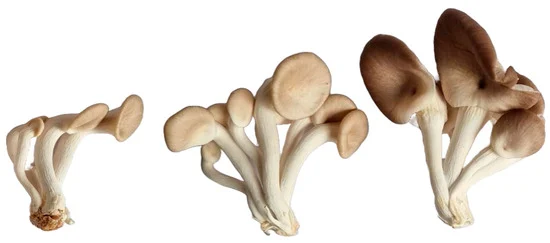
Words are never adequate to acknowledge wholly the help and cooperation by various organisations and individuals in the accomplishment of any study.
The present study could not have taken concrete shape without the unstinted help of mushroom scientists at Dr. Y. S. Parmar Uni- versity of Horticulture and Forestry, Solan and We Joint Director, Horticulture, UNDP, Solan. are particularly indebted to Dr. P. K. Seth for contributing a chapter on cultivation of mushroom.
The credit of providing form and import to this study is shared by many colleagues and friends, the names that deserve mention are Mr. L. R. Sharma, Dr. A. K. Randev, Dr. L. R. Singh who have gone through the manuscript and given their valuable suggestions and Mr. Neelam Dev Sharma for his secretarial assistance.
We acknowledge with gratitude the Foreword provided to the text by Dr. M. R. Thakur, Vice- Chancellor, Dr. Y. S. Parmar University of Horti- culture and Forestry, Solan.
The cooperation so gladly extended by the mushroom growers deserves special acknowledge- ment for willingly and unhesitatingly providing factual information and boundless hospitality.
-Authors
Contents
Introduction
Review of Literature
Methodology
Cultivation of White Button Mushroom
Socio-Economic Structure of Mushroom Growers
Cost and Returns on Mushroom Farms
Marketing of Mushrooms
Feasibility of Mushroom Houses Under Controlled Conditions
Problems faced by Mushroom Growers
Summary and Conclusion
APPENDICES
LITERATURE CITED
INDEX
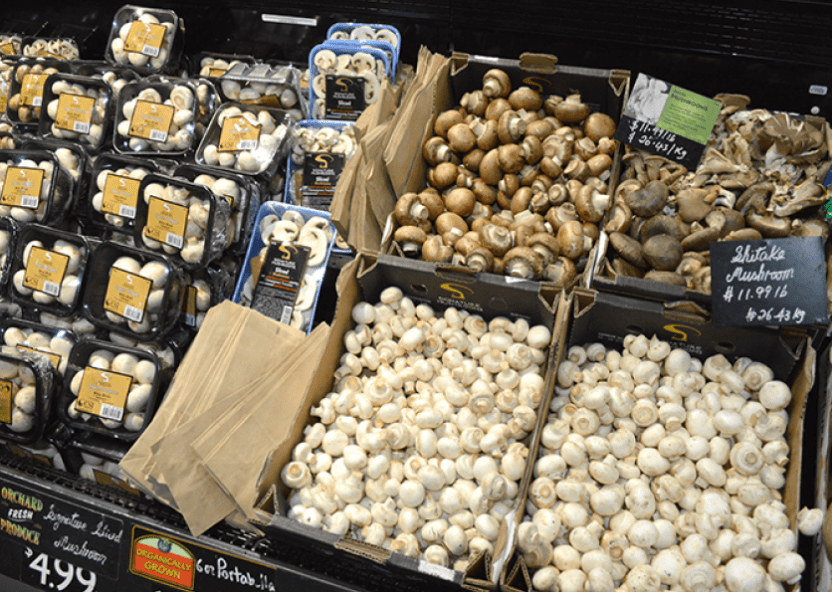
List of Tables
Distribution of mushroom growers of each category according to their family size
Age-wise distribution of mushroom growers
Distribution of mushroom growers of each category according to their educational level
Distribution of mushroom growers of each category according to main and subsidiary occupation
Distribution of mushroom growers on the basis of experience of mushroom cultiva- tion
Source of initial information of the mush- room growers in each category
Place of training of mushroom growers of each category
Location of mushroom house from the nearest urban market and nearest pucca road
Distribution of mushroom growers accord- ing to the area of cropping room
Distribution of mushroom growers on the basis of no. of crops per year
Capital investment per farm
Distribution of mushroom growers on the basis of amount of loan taken
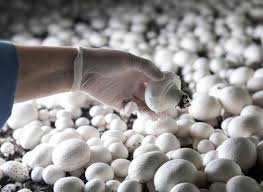
Cost of cultivation of mushroom under different cost concepts
Percentage of different cost components of the three categories of mushroom farms
Operation-wise distribution of labour in different categories of mushroom farms
Source-wise labour use on different categories of mushroom farms
Net returns per farm on different catego- ries of mushroom farms
Output-input ratios for various cost concepts
Financial ratios on different categories of mushroom farms
Efficiencies of different categories of mush- room farms
Productivity of labour and average return per farm worker on different categories of mushroom farms
Regression coefficients of independent variables, their standard errors, MVP factor cost ratios and factor share
Existing and optimum level of input and output
Existing and optimum levels of gross farm income, total cost…and percentage of net farm income to cost
Pattern of disposal of mushrooms by different categories of mushroom farms
Mode of transport used for assembling mushrooms
Marketing margins and costs per kg. of mushrooms through different marketing channels
Average gross margins, absolute margins and percentage margins of different agencies
Marketing efficiency of different marketing channels
Economics of pickling of mushrooms.

- 1Particulars of fixed capital investment on different sizes of mushroom farms
- Particulars of recurring expenditure on different sizes of mushroom farms
- Cost and returns on different sizes of mushroom farms
- Measures of investment worth of mush- room growing
- Measures of investment worth of mush- room growing for a 10 per cent and 15 per cent reduction in gross farm income
